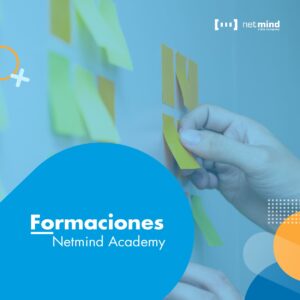Formación
Abarcamos desde habilidades digitales, inteligencia artificial y data, hasta metodologías ágiles, liderazgo y gestión del cambio, adaptándonos a las necesidades específicas de cada organización.
Formación
Abarcamos desde habilidades digitales, inteligencia artificial y data, hasta metodologías ágiles, liderazgo y gestión del cambio, adaptándonos a las necesidades específicas de cada organización.
Cursos destacados
¡No te pierdas ninguna formación!
Consulta todo el catálogo de formación y los próximos cursos disponibles.
Certíficate con nosotros
¡No te pierdas ninguna formación!
Consulta con nuestros expertos para encontrar la formación adecuada para ti o tu equipo.
